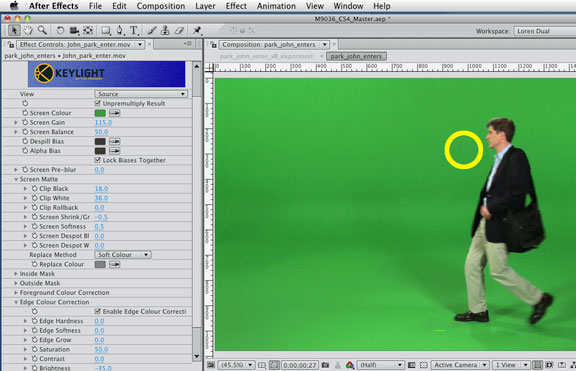
( )_)_) Adobe After Effects Plugins MegaPack (_(_( )- ( ()_) (_() ) ()_) (_() -(_()_) (_()_)- SPONSORED LINK SPONSORED LINK SPONSORED LINK ^^^^^^^^^^^^^^ ^^^^^^^^^^^^^^ ^^^^^^^^^^^^^^ Adobe Support Website for all Adobe Products & all Adobe Cracks: NOTE: Please do not forget to leave behind as much information as possible about where the product is from and about your personal identification data. See also Green Screen Tips on green screen use: Keying Tips Various keying tips: Combining Alphas It is often required that the output from two or more keyers need combining. This is particular useful for shoots that include the floor area. The advantage of this approach is that it is very tolerant of uneven lighting. Rather a range of colors, variable across the background. Unlike the preceding advanced Meyers, it does not reference a single color. Essentially, it is a sophisticated Difference Keyer. This analyses the difference between the clean plate and the original image. IBKColor first makes a clean plate using the shot footage as a source. It consists f two nodes: the IBKGizmo' and IBKColor. Ultimatte tutorial videos from The Foundry IBK It is very sophisticated and even has separate controls for cast shadows. Ultimatte is the only Keyer to have ever won an Oscar. This is the only high end keyer that this course will support. It is common practice to use both Primatte and Keylight in one matte pull. This prduces a slightly harder matte than Keylight.

Good tutorials on this keyer are here (part 1), here (part 2) and here (part 3). One advantage of this keyer is that it has inputs for junk masks and holdout masks. This has the reputation of being good at fine details like hair and also semi-transparent items like thin cloth. They treat the color information as a 3D volume and the mask as a separate volume within it. The following keyers are more than just simple channel operations. The preceding keyers only consider the separate channels of the image: red, green, blue and luminance. The results of this Keyer are usually a bit rough, but sometimes still usable. Is compared to the shot with the action, and the difference between the two is returned as the mask. A clean plate is simply the background of a shot, without the foreground. In order to use this, a cleanplate will be needed. The Difference keyer compares two inputs and calculates the difference between them. One very useful application of this keyer is to produce a luminance mask based on the brightness values of the sky (the sky is usually the brightest thing in a scene). The Keyer is the simplest keying node in Nuke's arsenal. As they are simple channel operations, the functionality of these keyers can be replicated with such nodes as the ColorLookup, the Grade and suchlike.

The following keyers pull mattes that correspond to channel information: the luminance and the red, green and blue channels.


 0 kommentar(er)
0 kommentar(er)
